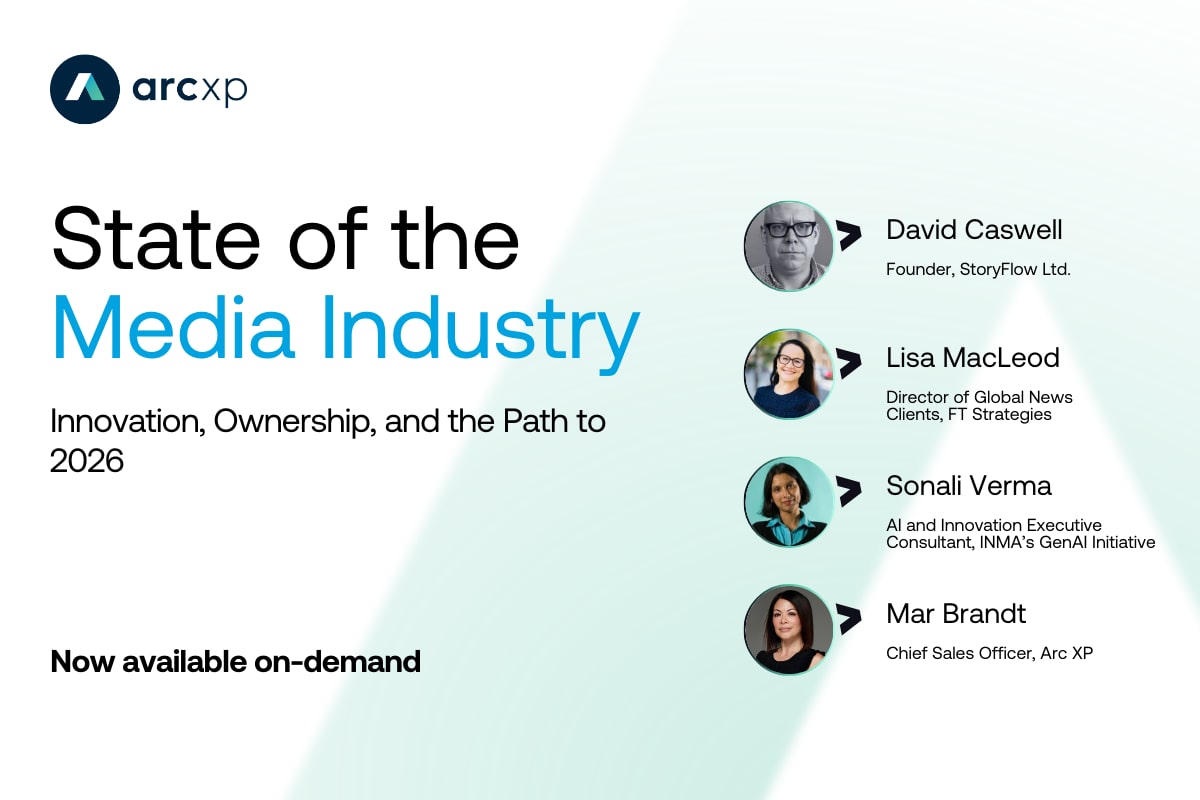Assessing Your Newsroom’s AI Readiness: Key Considerations for Successful Integration

Artificial Intelligence (AI) is already being utilized in journalism, creating a significant efficiency gap between AI-forward news organizations and those still adapting to the digital-first world. While some media organizations have successfully integrated AI into their operations, others are still deliberating whether to adopt this technology or how to safely start.
According to a recent JournalismAI report, only about 50% of newsrooms consider themselves ready for AI integration, and just over a third have already implemented an active AI strategy. This data highlights a significant gap between the growing availability of AI technologies and the preparedness of news organizations to leverage them effectively.
The core question for many publishers is not just whether they should use generative AI, but whether their organization and team are equipped for this technological shift. While the allure of advanced AI capabilities is undeniable, the focus should first be on assessing internal readiness.
This article will guide you through key considerations for evaluating your readiness for AI integration. By examining these factors, you’ll be better positioned to determine whether your organization is prepared to embrace AI and how to strategically plan for its implementation.
Understanding AI: What it is and isn’t
Before diving into AI implementation, gain a clear understanding of what AI is and isn’t. Generative AI refers to a subset of artificial intelligence technologies designed to create new content or data based on existing patterns. It can generate text, images, and other forms of media by learning from large datasets, enabling it to perform tasks such as drafting articles and automating repetitive processes.
AI can be used across various aspects of journalism, including:
- News gathering: AI can assist in collecting and analyzing large volumes of data, identifying trends, and providing insights that would be time-consuming for human reporters.
- Production: AI can streamline production tasks such as summarizing lengthy articles into concise summaries, suggesting relevant tags to optimize search engine visibility, crafting compelling headlines to boost engagement, and extracting essential information for quick overviews.
- Content distribution: AI enhances content distribution by automating tasks such as scheduling, planning, and disseminating content across various channels. It can also personalize content based on audience behavior and preferences, and monitor performance in real-time to provide actionable insights for optimizing distribution strategies.
While AI can optimize many processes in the newsroom, it is not a magic wand that can replace human journalists. When considering AI implementation, it is crucial to recognize what it is not:
- Not a replacement for human creativity: AI lacks the ability to replicate human creativity, intuition, and the nuanced understanding of complex issues. It can assist with data analysis and routine tasks but cannot produce the same depth of insight and originality as a skilled journalist.
- Not free from bias: AI systems can inherit biases present in the data they are trained on, which can result in biased outputs. Vigilance and ongoing monitoring are necessary to ensure fair and balanced reporting.
- Not free from error: AI is not perfect and can produce errors, especially if the data you are analyzing is changing frequently or if it encounters new situations not covered by its training data. AI systems are not 100% accurate in real-world settings, requiring careful oversight and validation to ensure reliability.
- Not a one-time implementation: AI integration is an ongoing process that requires regular updates, maintenance, and adaptation to new technologies and methodologies.
Understanding these limitations is crucial for setting realistic expectations and ensuring that AI is used effectively to complement, rather than replace, human efforts in journalism.
Evaluating resources: In-house development vs. 3rd party platform
When planning to implement AI in your newsroom, assess your current resources and determine what it will take to develop a sustainable AI strategy. This involves deciding between building in-house expertise or outsourcing AI development through partnership with AI-powered technology vendors, depending on your needs and organizational constraints.
- In-House development: Building AI tools internally typically involves assembling the right team, including data scientists and machine learning experts. This approach offers greater control and customization, allowing you to tailor AI solutions specifically to your newsroom’s needs. However, it also comes with significant costs and time requirements. Recruiting skilled professionals and developing AI systems from scratch can be a lengthy process that requires years of substantial financial investment. Additionally, ongoing maintenance is necessary as technologies and processes evolve.
- Outsourcing through AI-powered vendors: Partnering with external vendors can be faster and less expensive. Many content management systems now offer AI tools and integrations that are customizable and ready to use, making them accessible even for organizations with limited financial resources. Some CMS vendors – like Arc XP – also allow you to create custom training models that can learn to more closely match your unique content and style over time. This gives you the benefits of customized, bespoke AI tools with much less upfront investment and ongoing maintenance.
Building an AI strategy
Many news organizations hesitate to implement AI due to fears about irreversible changes and potential negative impacts. However, a slow and strategic approach to integration can allow for experimentation without significant risks.
- Experimentation: Distinguish between “one-way” and “two-way” doors when experimenting with AI technologies. One-way doors involve irreversible changes that can negatively impact your organization, such as compromising content quality or damaging your brand’s reputation. In contrast, two-way doors enable safe experimentation without long-term risks, allowing you to test new technologies and methods with minimal potential for irreversible consequences. This can be done by starting with small, manageable projects and gradually scaling up as you gain experience and confidence. For example, Arc XP customer Le Parisien rolled out their AI functionality to community managers first – then expanded to wider groups of journalists after validating. This incremental approach helps mitigate risks and allows for adjustments based on initial outcomes.
- Transparency: Implement AI solutions openly so all stakeholders understand the changes and their impacts. Clear communication helps manage expectations, eases adoption, and maintains trust, fostering a collaborative environment for successful implementation.
Training and ethical considerations
Train your journalists and staff to ensure ethical AI implementation, maintaining high standards and responsible use through regular sessions and clear guidelines. AI should complement, not replace, human creativity and judgment, with editorial decisions and content outputs involving human input to uphold journalistic integrity. Opt for AI solutions that offer customization, allowing editors to refine AI-generated content to meet editorial standards. Additionally, secure and ethical AI integration is crucial; if outsourcing, partner with CMS providers that offer robust AI capabilities to safeguard content and data.
AI holds great promise for transforming journalism, but its implementation requires careful planning and consideration. By understanding AI’s abilities and limitations and developing a thoughtful AI strategy, you can harness its power to enhance your newsroom operations while maintaining journalistic integrity.
Visit our AI with Arc XP page to discover how leading media organizations worldwide are integrating AI into their strategies.
Recent resources




